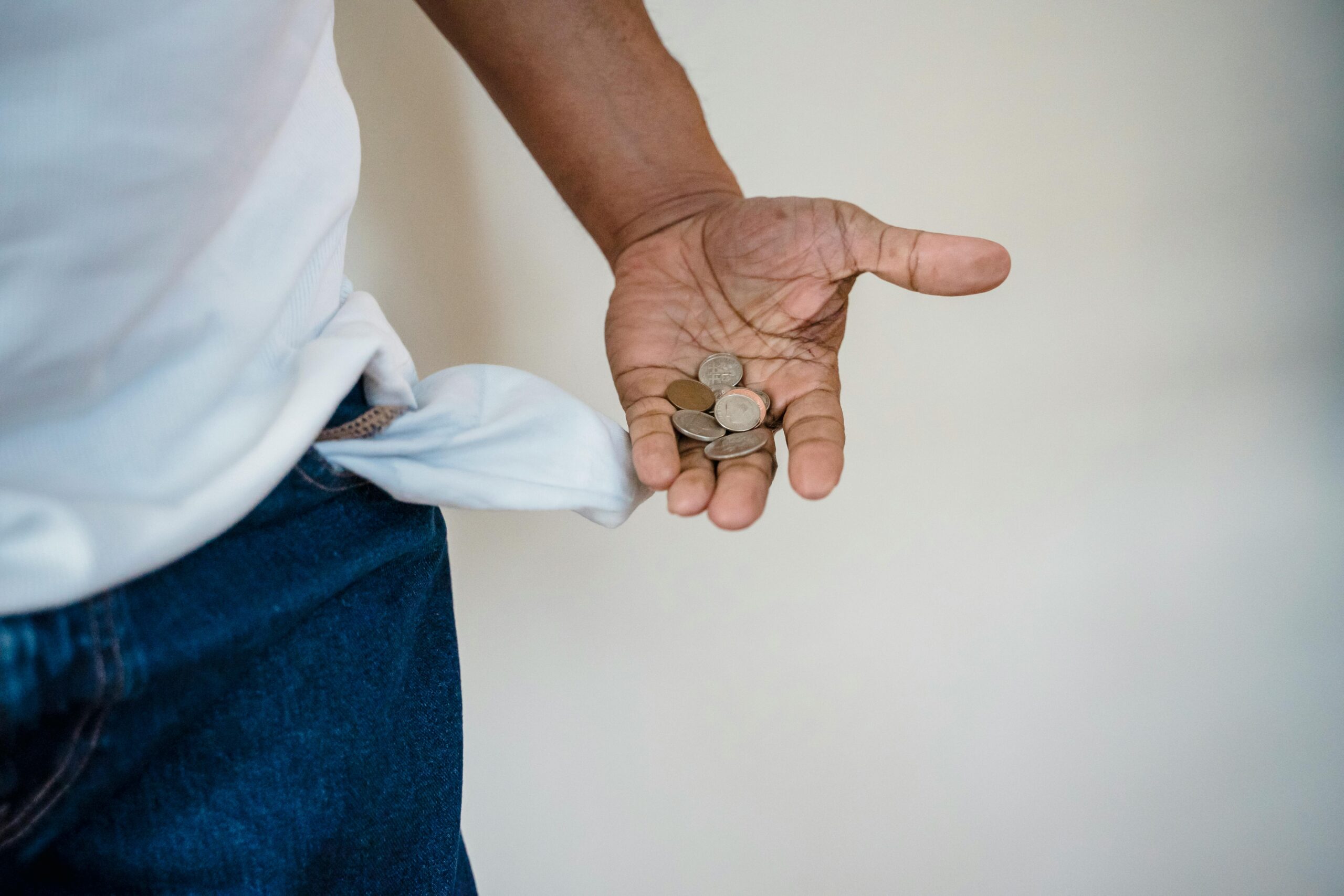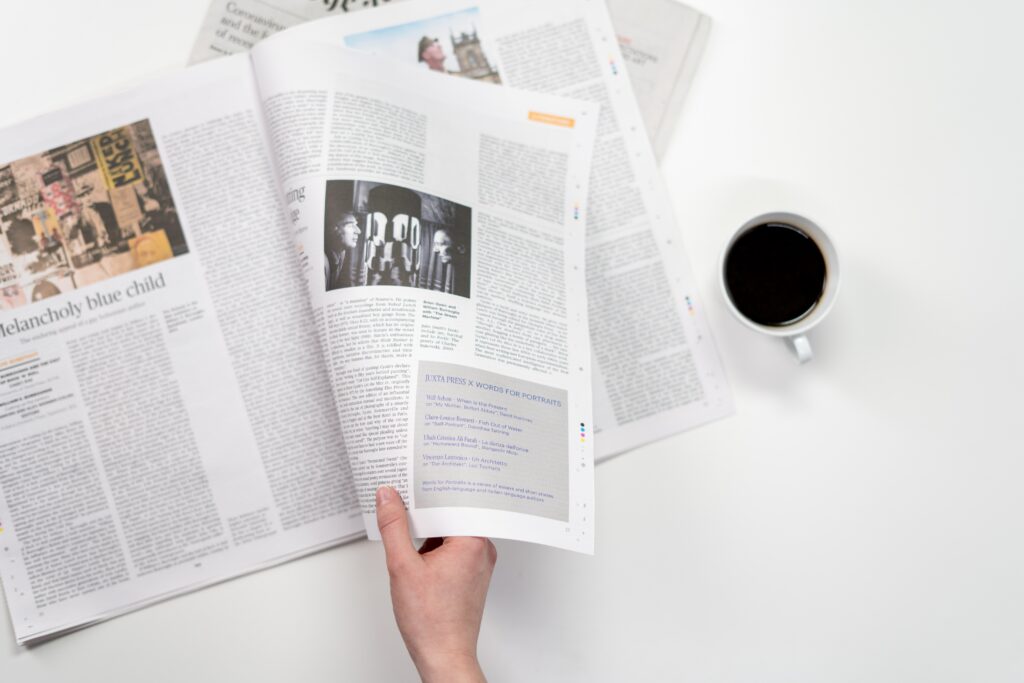The term “food insecurity” is often used in the press and online, but what does it mean? To determine if a household requires emergency food assistance, they are considered food insecure and financially strained if their available resources fall more than 25% below the poverty threshold defined by the Social Metrics Commission.
This poverty line is calculated based on a family’s total financial means, including their income, housing costs, savings, and other essential expenses like childcare and debt payments. By accounting for these comprehensive factors, the poverty threshold accurately reflects the actual financial resources people have to cover their basic living costs. In practice, when determining who is in poverty, the Commission’s approach is to set a poverty line specific to the needs of each family. This means that each family’s available resources can be compared directly with their poverty line to determine whether they are in poverty.
The poverty line varies based on household size. For example, the threshold for a single person would differ from that of a couple or a couple with two children.
The poverty lines in 2021/22 show that a single childless person with less than £177 a week in available income would be considered to be in poverty. For a childless couple, the poverty threshold is £305 a week, while for a couple with two children, the threshold increases to £494 a week. Some groups across society are bearing the burden more than most.
Over half (53%) of those experiencing hunger, hardship and food insecurity live in households with a disabled family member. One-third (32%) of single-parent families face food insecurity and financial strain. Children under 5 years old have the highest risk of hunger and hardship at 24% compared to other age groups.




